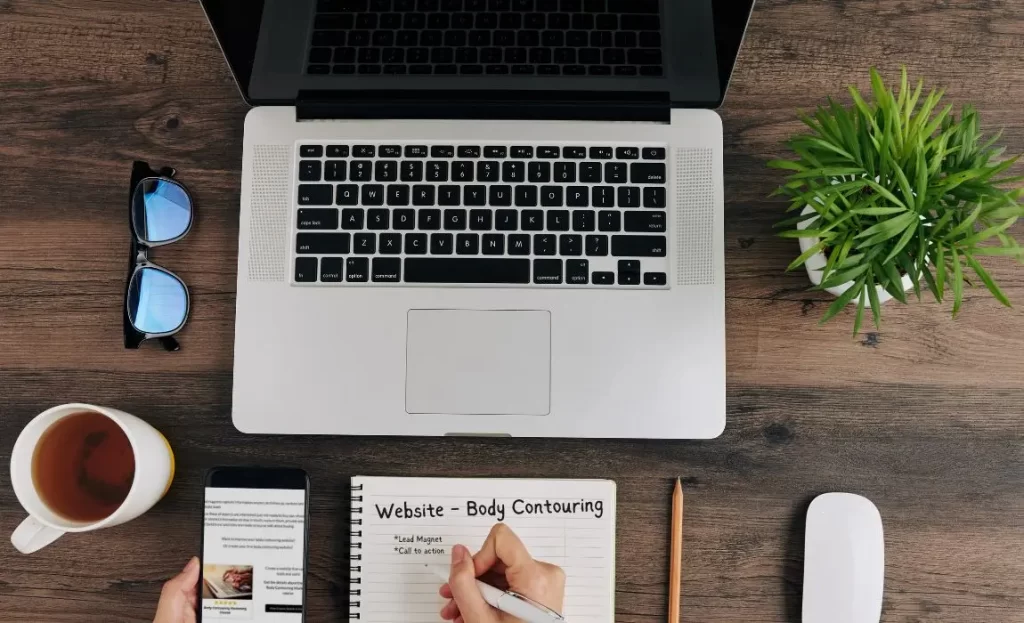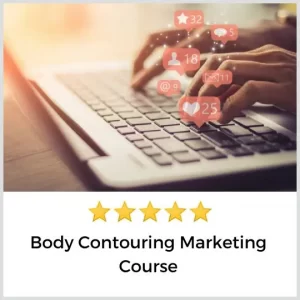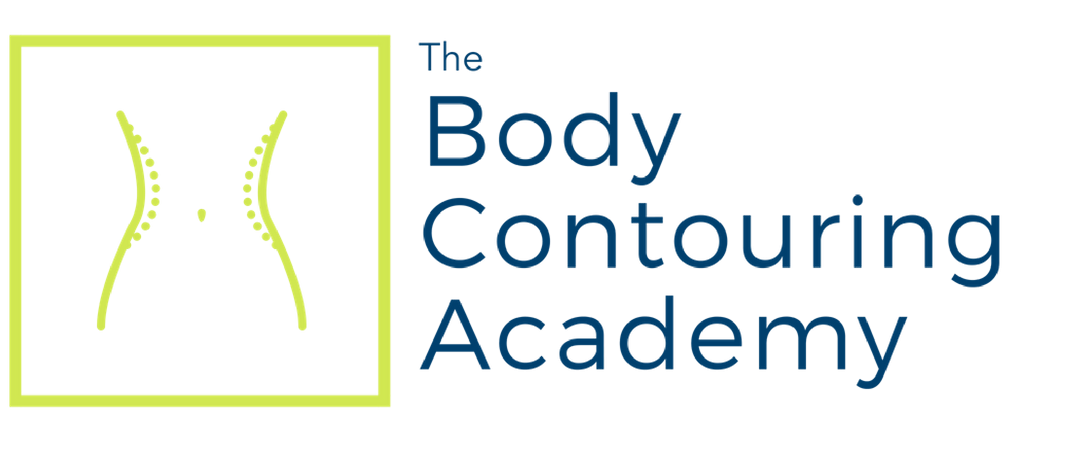Useful tips for preventing mistakes on your body contouring website

Your website is not only your business’ 24/7 storefront; it’s your 24/7 lead generator and sales machine. It tells the world you exist, showcases your solutions, and proves to consumers that you are the best choice to solve their problems. But websites are not automatic; they can under-perform. So what do you do when your website goals fall short? In this article, we discuss six mistakes to avoid in your body contouring website…and show you what to do instead.
But…
What if you don’t have a body contouring website?
- Too many small business owners say they’ll create a body contouring website someday.
- And if this sounds like you, your someday should be now.
A website is the best way to promote and build your business. It’s quite possibly the only way to build a lasting business.
Learn why (and how) your first body contouring website can be both very affordable and easy to build.
Lead generation is your website’s #1 function
➤Websites have jobs to do.
➤Among other things, your website should be generating leads for you.
➤Maximizing lead generation from your website is critical to your business’ long term success.
Research tells us that 82% of prospects visiting a website are there to carry out research; they are not there (or ready) to make a purchase.
- Your website helps attract leads
- Your website should be capturing those leads
- Your business should be nurturing those captured leads
Those leads buy from you when they’re ready…a day later, a month later, six months later or even a year or two later
Tips to avoid or correct mistakes in your body contouring website
If your website is falling short of your lead capture goals, one or more of these six reasons may be to blame.
1) Website Design and Functionality
According to experts, nearly 40% of prospects will leave your site if they think it's unattractive.
Besides being unappealing aesthetically, many other factors can cause visitors to dislike your body contouring website.
If you have
- overcrowded pages
- inadequate content
- content that is company-focused rather than consumer-focused
- challenging navigation
- broken links
These things will aggravate your visitors and they will leave your website and move on.
Your website should be
- User friendly and easy to navigate
- Contain clear and concise educational information
- Have a visually appealing design
2) Consumer-focused content and a blog
Consumer-focused content
When visitors land on your website, they are looking for solutions to their problems. So your content should answer their question, “What’s in it for me?”
Your goal should be to provide enough value to convince the visitor to hang around. Explaining what you do is critical, but take it a step further and relate it to the clear benefits for the website visitor.
Example:
- Your treatments reduce cellulite.
- Okay, so what?
- What does reducing cellulite mean to your website visitors/future clients?
- Your treatments might be the difference between going on a beach vacation or staying home to avoid being embarrassed by cellulite.
- Do you see the difference?
Blog
Your website should be full of useful information.
Every body contouring business should aspire to have a blog section.
A blog
- Conveys to the visitor that you are a body contouring expert
- Creates trust
- And it’s the best way to get traffic to your website and capture leads
3) Page Speed (aka Load Time): The 3 Second Test
Page speed, also referred to as load time, website speed and website load speed are terms used to describe how quickly your website loads for users.
Website load speed is critical to retaining your visitors. When a website functions slowly, prospects are less likely to
- Return
- Make a purchase
- Recommend your business to others
Studies tell us that if a website page takes more than 3 seconds to load, 40% of the visitors will leave the website without viewing any content.
Even worse, other research has shown that if your website takes more than 400 milliseconds to load, many visitors will leave your site.
How to check your website’s load time
When you’re ready to analyze and improve your website’s load speed, check out this helpful page speed article by Hubspot.
Use this course to create (or improve) your website
Whether you’re building your first website or fine tuning your existing one, get the details on our online course.

Learn how to design your website to capture leads!
4) The Above-the-Fold Rule
Above the fold content is everything the website visitor can see on a page before scrolling.
The exact location of the fold depends on the device (lap top, mobile, desk top) that the visitor is using to view the website page.
Where does your most appealing content or calls to action reside on your home page and web pages?
- Your website might lose visitors if what they see at first is not compelling enough to keep them there.
- And iIf you don’t grab the visitor’s attention within 3 seconds (some experts say in as little as 0.05 seconds), they will start clicking away from your website.
Everything on the top of each page (aka “above the fold”) must convince the website visitor to read on and continue.
You don’t have to make the conversion within 3 seconds, but you do need to keep the website visitor interested and on your site clicking around.
5) Contact Information and Call To Action (CTA)
Contact page and contact information
- Your contact page and options you provide to contact you are one of the most important pages and sections of your website.
- Your contact information should be displayed prominently on every page of your website
- Your contact page and contact information should include a phone number, email and text…because different people prefer different modes of communication
- Display your phone number, your email address, and your text number prominently on every page of your website.
Call to action (CTA)
A call to action can be text, a button, a pop up or a banner that asks your website visitors to do something like download an ebook, watch a video, get a price, etc.
It happens too often that visitors research a website and leave it. Strategically placing calls to action work to coax your website visitor to take the next step and provide her information.
6) Lead Magnet (aka conversion pages or landing pages)
A lead magnet is an offer to provide valuable information to your website visitor who is willing to exchange her information to obtain it. You can offer a downloadable guide, entry to a contest, an ebook, tips, etc.
Why do you need lead magnets?
- Not every visitor is ready to make contact when they visit your website.
- Truth is, most aren’t, but that doesn’t mean they’ll never buy from you.
- They’re just not ready...yet.
You need a lead magnet or several lead magnets for those visitors who are not yet ready.
Lead magnets capture information so you can follow up, nurture and sell to website leads
Since these prospects are interested, just not ready to buy, you should use their contact information to stay in touch, nurture them, provide education, and build trust until they are ready to buy or talk about buying.
Want to improve your body contouring website?
Or create your first body contouring website?

Create a website that captures leads and sales!
Get the details about the online Body Contouring Marketing course
Editor’s Note: This blog was originally published in April of 2021 and has been completely revamped and updated for accuracy and comprehensiveness.
